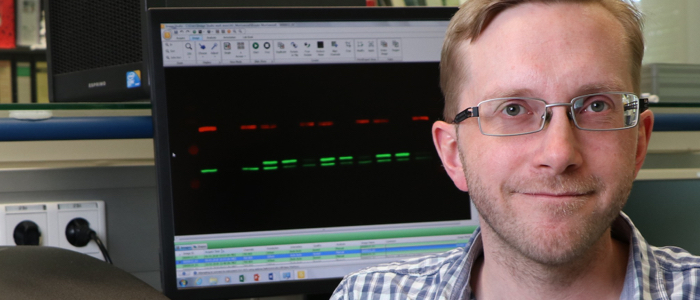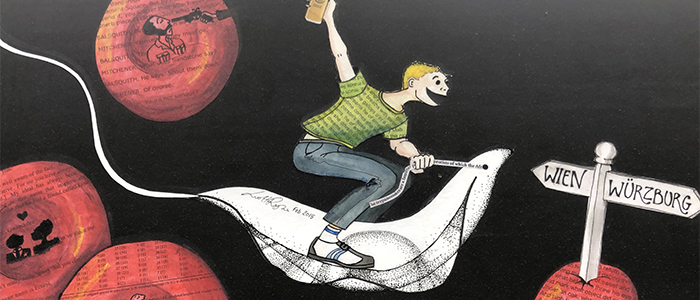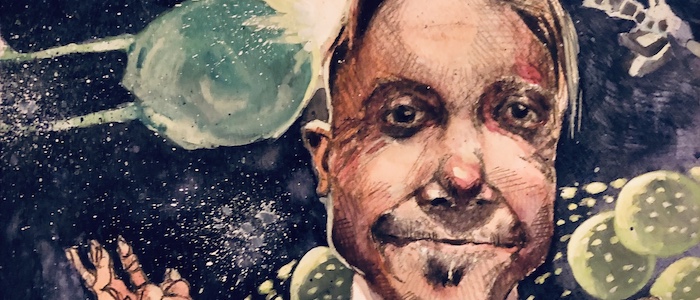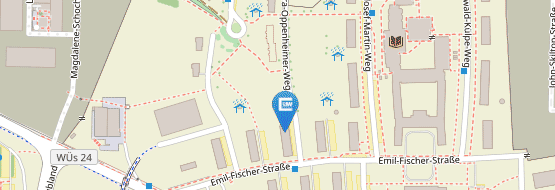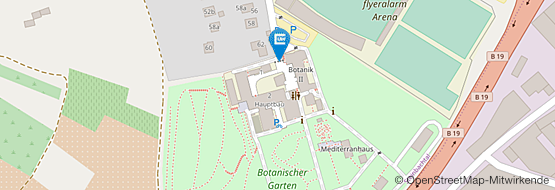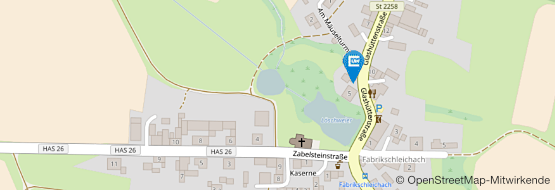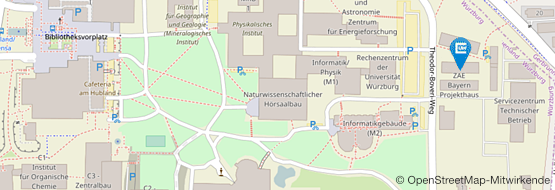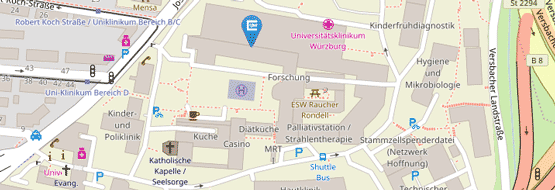Brooke Morriswood
Brooke Morriswood
... is a molecular cell biologist with interests in the cytoskeleton and membrane trafficking. He graduated from Cambridge University (2002) with a degree in biochemistry, and completed doctoral studies under the supervision of John Kendrick-Jones at the Laboratory of Molecular Biology, Cambridge (2006). He carried out postdoctoral studies in the laboratory of Graham Warren at Yale University (2007) and the Max F. Perutz Laboratories in Vienna (2008-2014). Brooke joined the Biocenter in April 2015, and ran a 100% self-funded group from 2015-2021.
Funding for the group was discontinued at the end of 2021. The group continued to operate in 2022 while Brooke was additionally coordinating the Physics of Parasitism network, but ceased operations at the end of the year. Brooke left the University of Würzburg in early 2023.
He is the writer of the Total Internal Reflection science blog (https://totalinternalreflectionblog.com). Twitter: @TIRscienceblog
![]()
2002-2006: PhD, Laboratory of Molecular Biology, Cambridge, UK
2007 Postdoc: Yale University, USA
2008-2014: Postdoc, Max F. Perutz Laboratories, Vienna, Austria
2015-2022: Group leader, Cell and Developmental Biology, University of Würzburg
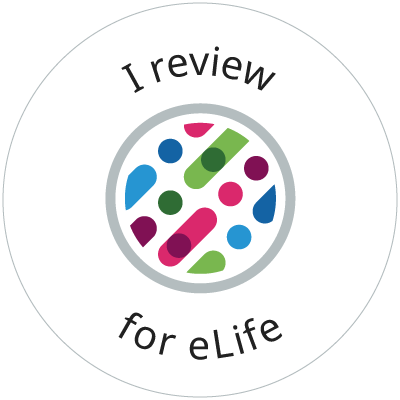
Research synopsis
The cytoskeleton of Trypanosoma brucei is essential for its viability, and contributes to a number of cellular processes including membrane trafficking and motility.
Research in the laboratory primarily focused around the actomyosin system of trypanosomes, and specifically their myosin motor proteins. T. brucei exhibits a dramatically reduced actomyosin complement relative to metazoan cells, making it an ideal model system for some fundamental questions in eukaryotic cell biology.
In addition, several discrete cytoskeleton-associated structures are clustered around the neck of the flagellar pocket, an invaginated subdomain of the plasma membrane which is the sole site of endo- and exocytosis in T. brucei. One of these structures is a multiprotein complex defined by the repeat-motif protein TbMORN1. The morphology, composition, and function of this complex was a second focus of Brooke's research.
Experimental approaches involved a combination of light microscopy, fluorescence microscopy and electron microscopy, together with biochemical and functional assays including proximity-dependent biotinylation (BioID).



